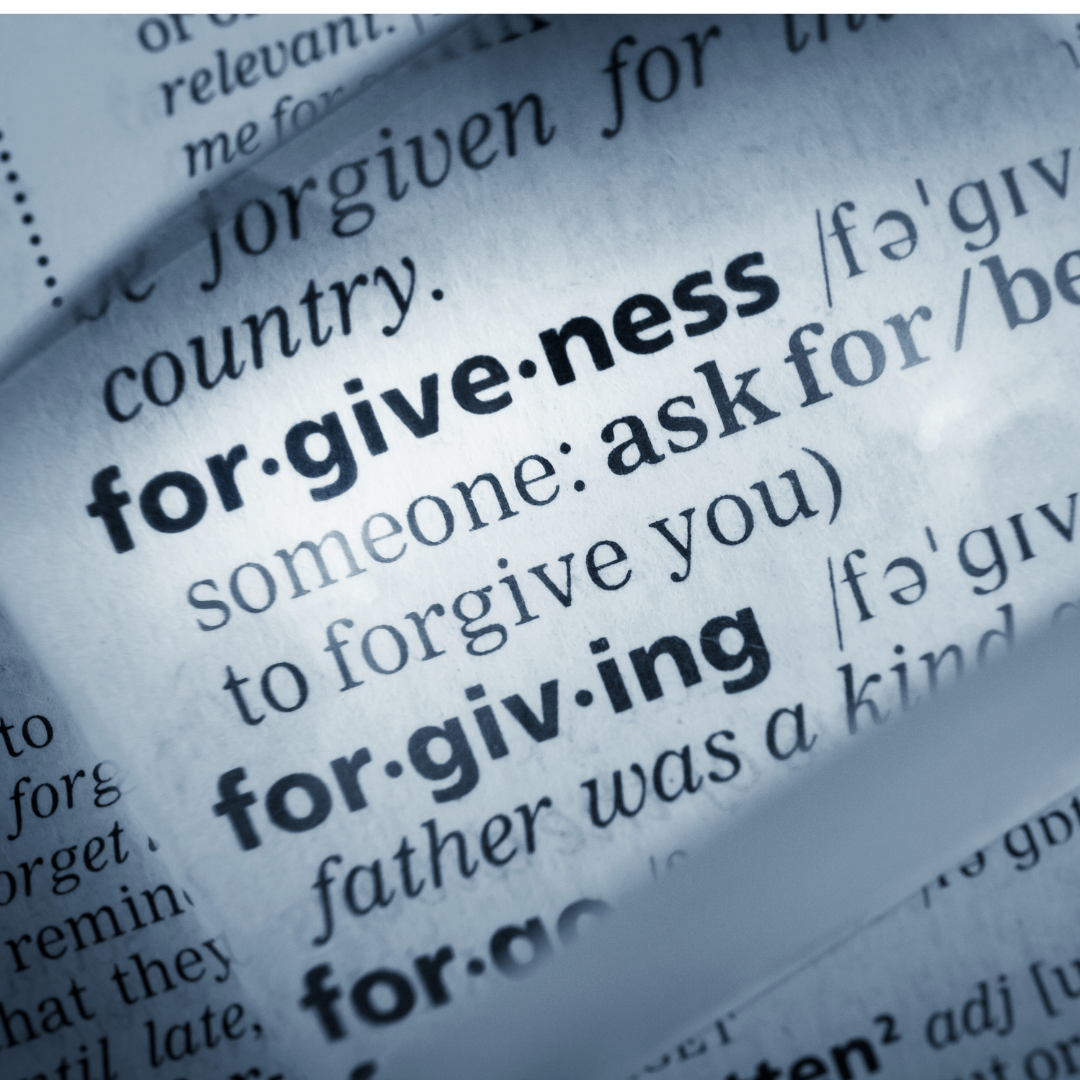Forgiveness often comes up in conversations about workplace bullying. Forgiveness is a process of letting go of anger or blame towards another person who has harmed us. Many believe that if workers would engage in forgiveness, the workplace would improve, and workplace bullying would stop. But does the idea of forgiveness even belong in the workplace?
Forgiveness is frequently suggested only to the target, and they are encouraged to “let go” of past injuries and abuses by the bully. A human resources director told me after I made a compliant about physical violence by a colleague of mine that I should wipe the slate clean and start fresh with the aggressors in my department. They wanted me to let go of my "resentment" towards the bully go even though they continued to bully me. HR did not raise one finger to help stop the bullying and did not provide consequences to the bully for physically threatening me. Reporting to HR actually made the workplace abuse increase. HR began to actively work with the bullies to engage in workplace violence against me. The implication from HR was that I was the one with the problem and if I would just let things go, the work environment would change. This thinking is highly flawed and forgiveness itself does not stop workplace bullying. In fact, I would have had to "let go" every day because the workplace abuse happened every day.
Certainly, letting go can be important, but by only focusing the request for forgiveness on the target, the organization engages in victim blaming. The target once again becomes responsible for what is occurring in the work environment. The bully is the one to blame for workplace violence. Forgiveness also makes the target in charge of fixing the problem. In the bully culture, the target is unable to make any significant impact on the overall culture or stop workplace bullying even if they would engage in “forgiveness.” If forgiveness would change the workplace, all targets would willingly participate. However, their letting go does not stop the aggressor(s) from continuing to perpetuate violence in the workplace. It may help the target personally, but the environment continues to be problematic.
There is another piece that is missing when conversations around forgiveness begin and that is that forgiveness comes because of healing and reconciliation. Forgiveness or letting go without a path towards reconciliation including interventions to stop workplace bullying is a futile process and will most likely not improve the overall environment. It makes people and leaders feel good, but it does not repair the environment especially if bullying is allowed to continue. Forgiveness without reconciliation interventions makes it difficult when workplace bullying is still happening.
Leaders need to develop effective interventions and policies to stop workplace bullying before reconciliation can begin. Leaders need to hold the bully accountable and ensure that bullying stops. These are important step to help to restoring the bully culture to a functional and healthy work environment. A reconciliation plan is a good place for organizations to start to recover from workplace violence.
Reconciliation without intervention and accountability will not change the workplace aggressive environment. Intervention and accountability are necessary to ensure workplace bullying stops and workers can begin to let go of past abuses and move forward in their place of employment. An organization that takes workplace bullying seriously can help move the healing process forward, stop workplace bullying, repair worker relationships, and even prevent future violence from occurring in the organization again.
Call to Action:
- What policies does your place of employment have to deal with workplace bullying?
- If there is no policy, start conversations about the development of a workplace bullying policy with decision-makers at work.
- If you have a policy, does it include any steps for healing from the wounds of workplace bullying?

